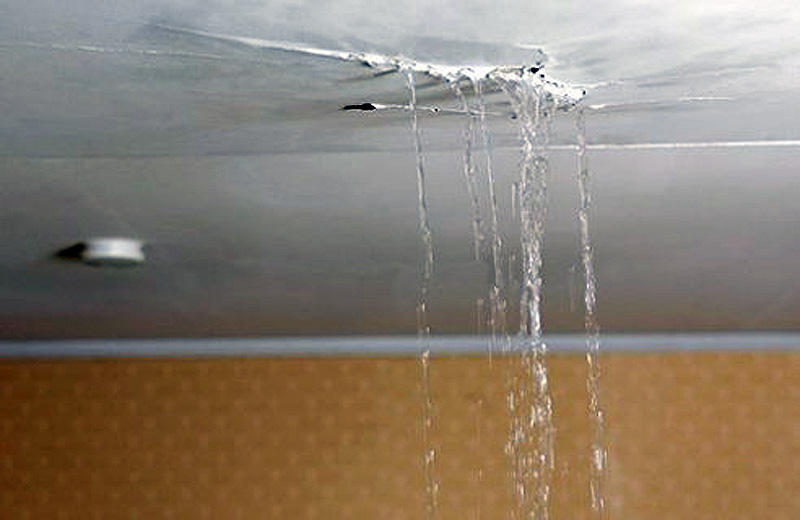
Kayley's Home Insurance Lesson
When it comes to insurance, we’re told they are all essential. Consider the following: Home Insurance – insuring your greatest asset? Maybe. 
- Income Protection – insuring your greatest asset? If you don’t have income you can’t pay for your home insurance right?
- Funeral Insurance – Based on the idea that you don’t want to leave your family with the burden of your loss and also the cost of your funeral.
- Private Health Insurance – Who wouldn’t prefer the doctor and hospital of our choice without lengthy waiting lists?
- Pet Insurance – Vet bills – need I say more?
- Travel Insurance – If you have ever been sick overseas you’ll know this is a no brainer.
- Car Insurance – This one is compulsory
Fortunately I haven’t been in a position to make many insurance claims aside from the odd hospital claim or minor car accident but recently a storm created a water feature in my kitchen (watch here).
I contacted my insurer who sent 2 accessors to inspect the damage. What they discovered was a poorly constructed section of roof, installed long before I moved in. Basically it was only a matter of time before lots of water got in.
Here’s where it gets tricky. Was the damage to the property caused as a result of this particular storm on this particular day or had water been coming in for some time?
My insurer approved my claim for internal damage, however, they wouldn’t cover the roof damage as it had obviously been there for some time and furthermore, if I didn’t get it fixed, they wouldn’t cover any future damage to the house as a result.
Storm damage can potentially cost insurers tens of millions of dollars. Back in 2016, floodwaters inundated the main street of Picton south of Sydney. A bitter feud ensued after several insurer’s disagreed on whether the damage was caused by flood or storm water. For the record, storm damage pays out more than flood damage. For several businesses, just 10cm worth of water damage would be covered under existing storm damage policies; everything above that would be classified as a flood resulting in reduced payouts.
However, other insurers came to a different conclusion, classifying the disaster as storm damage, fully paying out claims.
That was nothing however compared to the devastating flood that hit Qld in 2011 leaving 38 people dead across 90 towns and causing an estimated damage bill of $2.38 billion. Again consumers hit back at insurance companies by walking away from firms that they felt hadn’t looked after them.
Thousands of policyholders cancelled and changed providers to insurer’s which provide cover for any type of flood.
What this magnifies is the need to understand your insurance whether it’s home, car or health.
Different insurers cover in different ways and it’s important to get advice or read the PDS to find out whether flood cover is provided as part of the standard cover, as an optional extra , or not at all.
According to the office of the Financial Ombudsman, water damage is defined as follows:
1. Storm damage
The general view taken by the general insurance industry is that flooding of a property by rain water would normally be regarded as storm damage.
2. Flood damage
Currently insurers define ‘flood’ differently. The definition your insurer is using in your policy will be stated in the Product Disclosure Statement (PDS). Broad agreement has been reached on a common definition of ‘flood’ as part of the reforms announced by the Federal Government.
Various flood insurance offerings are now available in the market. Some insurers offer mandatory flood cover. Others allow you to opt out of flood cover. Some still exclude flood damage, although this is likely to change with the introduction of amendments to the Insurance Contracts Act. It is important that you select the cover that suits your situation.
The source of the water that damages a property will be a critical factor in an insurer’s decision about whether or not the damage is covered under an insurance policy. You should refer to your PDS to see whether your insurer covers you for flood and/or storm damage. If you are confused about what you are covered for, contact your insurance company.
Insurance is based on risk and there is room to move when it comes to premiums, excesses and coverage. The key is to spend some time comparing policies. Like any purchase, we all want to get value for money. Don’t part with your hard earned money without understanding what you are getting in return.
Any advice provided in this article is general in nature and does not take account of your individual circumstances, objectives or needs.Always read the Product Disclosure Statement (PDS) before making any decision about buying insurance

